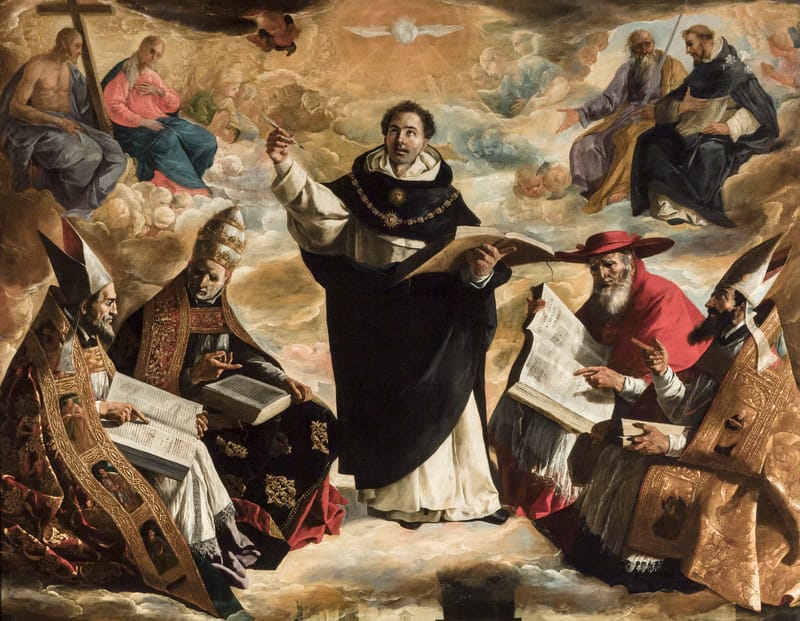
pasecrets.com – The history of the early church, spanning the first 500 years after the birth of Christ, is a remarkable tale of growth, transformation, and resilience. From a small group of followers in Jerusalem, Christianity spread across the Roman Empire and beyond, shaping the course of Western civilization. This article explores the key events, figures, and developments that defined the early church during this pivotal period.
The Apostolic Age (30-100 AD)
The Apostolic Age, the first century after Christ, is characterized by the ministry of Jesus, the spread of the Gospel by the apostles, and the writing of the New Testament. The Book of Acts records the early church’s growth, including the Day of Pentecost when the Holy Spirit descended upon the disciples, enabling them to speak in tongues and attracting a diverse crowd to the Christian message.
The Ministry of Jesus
Jesus of Nazareth, whose teachings and miracles are recorded in the Gospels, laid the foundation for Christianity. His crucifixion and resurrection are central to Christian belief, offering salvation to believers.
The Spread of Christianity
The apostles, led by Peter and Paul, traveled extensively, preaching the Gospel and establishing churches. Paul’s missionary journeys, in particular, were instrumental in spreading Christianity to the Gentiles, or non-Jewish peoples.
The New Testament
The New Testament, comprising the Gospels, Acts, Epistles, and Revelation, was written during this period. These texts provide theological and practical guidance for the early church and continue to be the central texts of Christian faith.
The Post-Apostolic Age (100-313 AD)
Following the deaths of the apostles, the church faced challenges from within and without, including persecution, heresies, and the need for organizational structure.
Persecution and Martyrdom
Christians were often persecuted by Roman authorities, who viewed Christianity as a threat to the empire’s religious and political order. Figures like Polycarp and Perpetua became celebrated martyrs, their deaths inspiring further faith among believers.
Development of Church Structure
To maintain unity and orthodoxy, the church began to develop a hierarchical structure, with bishops, priests, and deacons. The concept of apostolic succession, where bishops were consecrated by other bishops tracing their lineage back to the apostles, became a key element of church authority.
Early Church Councils
The first few centuries saw the emergence of church councils, gatherings of bishops to address theological and practical issues. The Council of Jerusalem (c. 50 AD) was the first recorded council, addressing the inclusion of Gentiles in the church.
The Constantinian Shift (313-500 AD)
The Edict of Milan in 313 AD, issued by Emperor Constantine, marked a turning point for Christianity, granting it legal status within the Roman Empire. This period saw the church’s integration into the fabric of Roman society and the beginning of Christendom.
The Conversion of Constantine
Constantine’s conversion to Christianity, symbolized by the vision of the cross and the phrase “In Hoc Signo Vinces” (In this sign, you will conquer), is a pivotal moment in Christian history. His support of the church led to its rapid expansion and influence.
The Nicene Creed
The First Council of Nicaea in 325 AD, convened by Constantine, addressed the Arian controversy and formulated the Nicene Creed, a statement of Christian belief that remains central to many Christian traditions.
Monasticism and Asceticism
The rise of monasticism, with figures like Saint Anthony and Saint Pachomius, offered a model of Christian devotion and community living. Monasteries became centers of learning, preserving classical knowledge and promoting Christian scholarship.
Conclusion
The first 500 years of the Christian church were a time of profound change and development. From a persecuted sect to the dominant religion of the Roman Empire, Christianity’s growth was fueled by the dedication of its followers, the spread of the Gospel, and the development of church structure and doctrine. The early church’s legacy continues to influence the Christian faith and Western society to this day.

